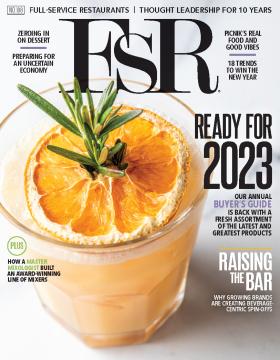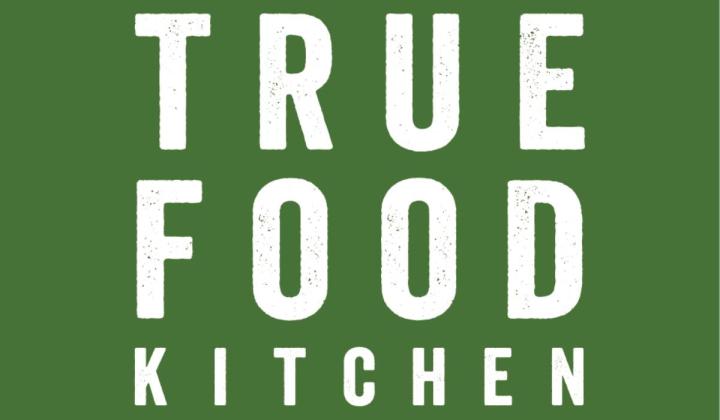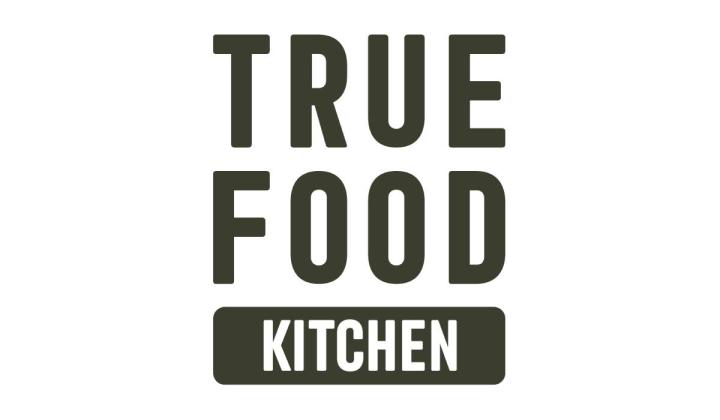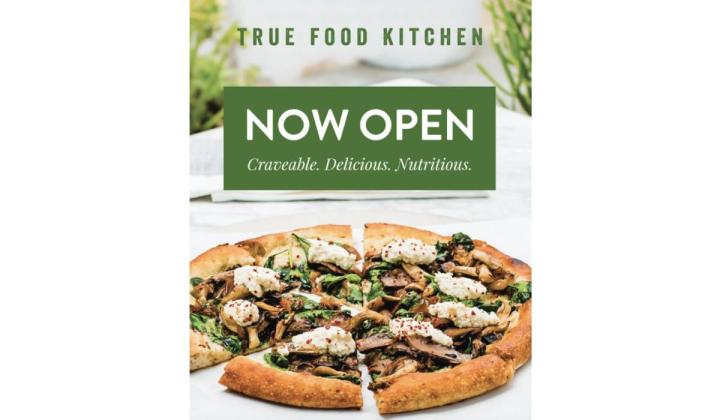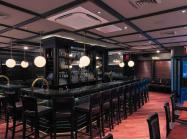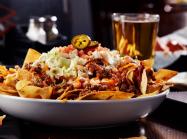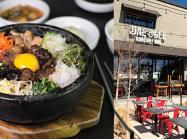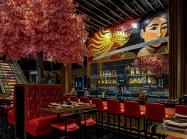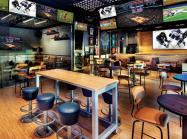Dye describes True Food's back of house as an "army of culinary talents" that transforms superfoods into comfort foods. Each location is run by an executive chef, and that's what the brand wants to convey to customers. The food innovation is led by vice president of culinary Matt Padilla, who spent time at Michelin-starred Noma in Copenhagen, Denmark, where he learned about sourcing seasonally and how to craft ingredients together.
"[Padilla will] always say working at True Food is really challenging because you can't just throw butter, cream, and sugar in," Dye says. "You actually have to work really, really hard to make these incredible ingredients taste amazing. And that's why they make you feel so great is the quality and the intense effort we put into sourcing every single ingredient. We don't stop at grass-fed. It has to be grass-fed, grass-finished, or organic and grass-fed. … We make sure that we source organic where we can and where it makes the most sense for our guests and for our sourcing standards."
Recently, the brand shot a promotional video that followed a dish from chopping the carrot to creating the sauce to plating it for the guest to enjoy. Additionally, True Food is asking several content creators to tell the brand story by documenting their points of view.
"We're not giving a lot of control, so it's not like we have this death grip on the brand," Dye says.
We're actually saying, 'Hey, we know that 10 different people are going to feel 10 different ways about the brand and that's wonderful. And let's embrace that because those 10 people are going to have hundreds of people out in the world who feel the same way as they do.' So it's really about allowing the story to be told through different perspectives. And chef is one super important perspective because our chefs are incredible, but also thinking about what are the different experiences our guests are having has been really exciting for us."
True Food's rebrand is also expressed through a change in color palate. The company was founded with fresh, bright, and vibrant colors inspired by nature. The chain kept that theme but switched to dark green, sky blue, browns, and creams—modern and elevated colors of the earth, Dye says. That's paired with docu-style photography that captures the grit and mess that goes into creating True Food meals, but not so gross or sloppy that it becomes unmarketable.
Those two components were nailed immediately. When it came to new typography, there were more things to balance. On one hand, True Food wanted to communicate its value of welcoming everyone to its table in a world where wellness can be quite judgmental. Also, it preferred a font that established a difference from fast casual, but not something comparable to fine dining. True Food landed on a choice that Dye says is "wonderful and it's bold and it's modern and it breaks through, but it still has some fun to it and some playfulness to it and it invites people in."
"We really wanted something that was open but yet also elevated and made it more modern and contemporary," the CMO says.
Differences in the physical stores—in terms of colors, uniforms, and packaging—have not been fully rolled out yet. There's still some testing to be done, just to make sure everything connects visually.
Much of the marketing alterations have been softly implemented since January, and the feedback thus far has been positive. Engagement rates on social media are up 10-20 percent depending on the week. Email click-through rates are growing in the high double digits.
And True Food achieved this without having to directly tell customers about the transformation. Dye learned this early on in her career when she at the Wrigley Company in Chicago. She worked under Orbit Gum, which was undergoing a rebrand at the time. Dye thought it was crucial to communicate changes, but the marketing director looked at her and said, "Orbit Gum does not apologize for changing its clothes."
With confidence in its message and the truth behind it, True Food isn't apologizing either.
"As I think about goals, it's really about making sure that the guest feels as though this is home and this is a place that there's nothing more wonderful in our culture than sharing a meal with people and having a great time," Dye says. "So for me, it's about making sure that the guest feels welcome, feels the fun, and has a great time with us and knows when they see anything on our social, email, paid media, or anywhere, that when they come in that's the experience they'll have."

